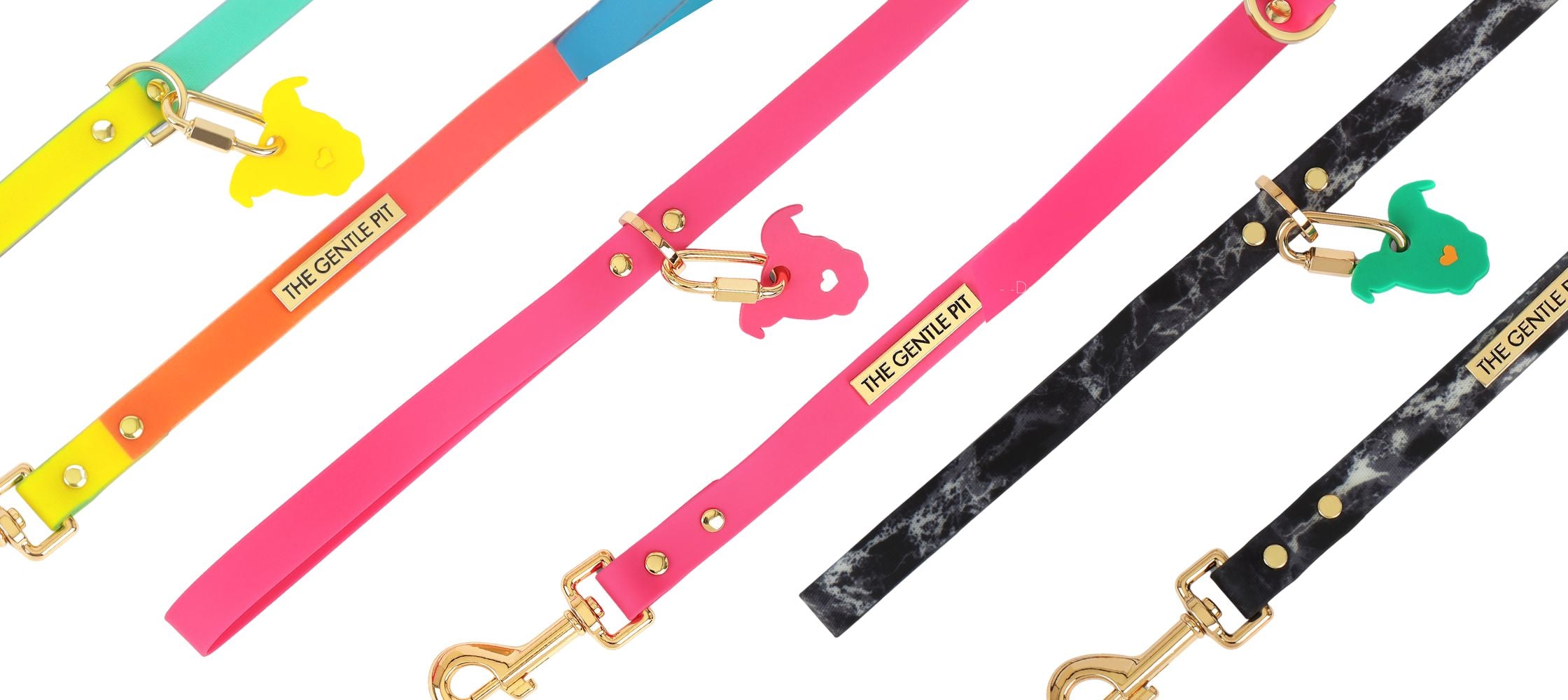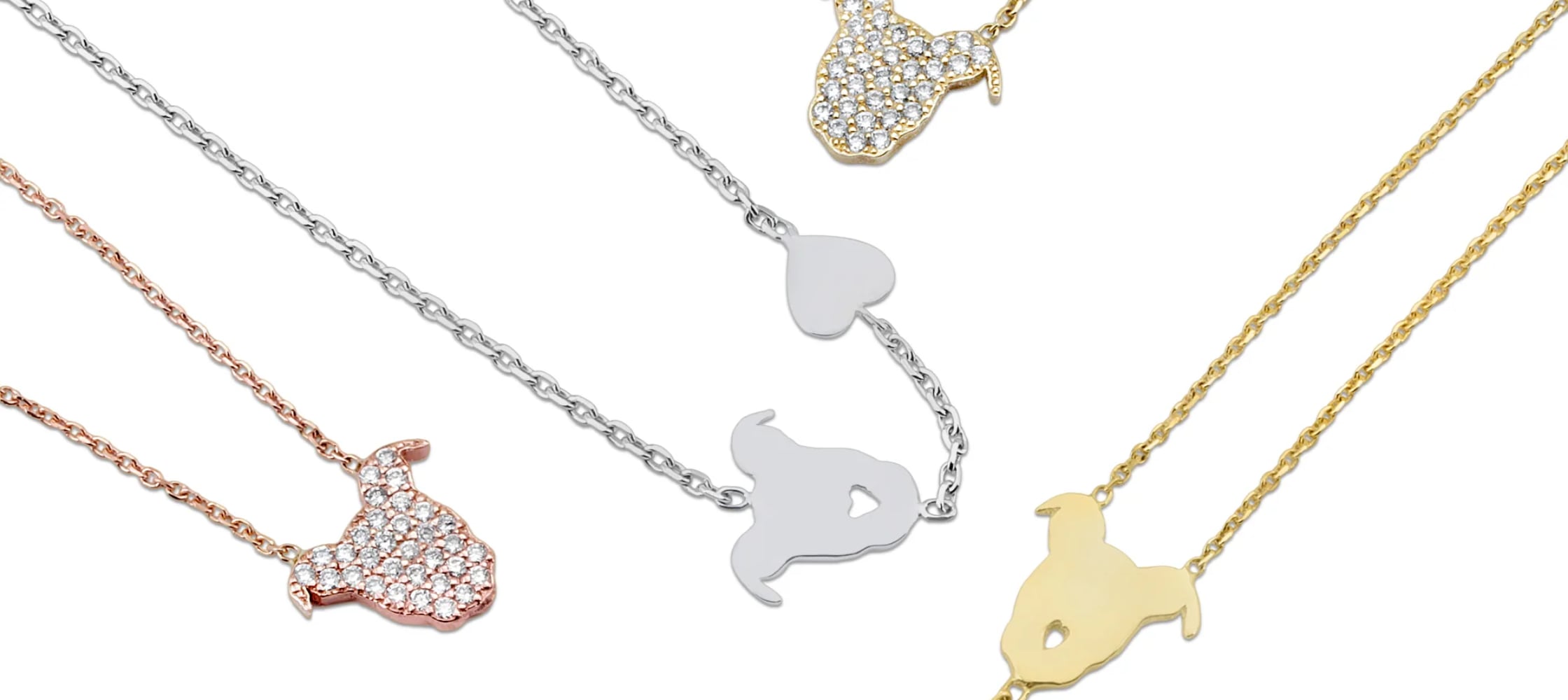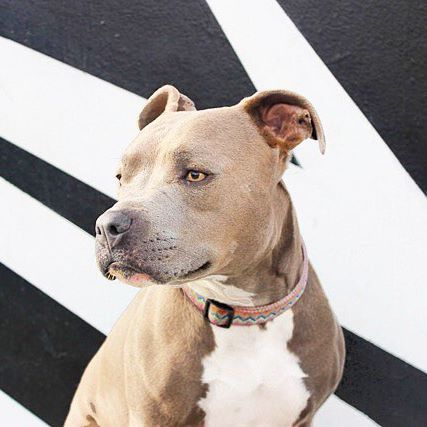We hear the term often in animal rescue, but what does no-kill really mean?
Well, first, it’s important to know the difference between a rescue and a shelter.
We’ve got you covered here.
When taken literally, no-kill means that no animal entering a shelter is killed, no matter what the circumstance.
However, this strict definition is rarely the reality in U.S. shelters.
Currently, animals that enter the shelter system with poor quality of life due to age or medical condition, or that enter with behavioral challenges that render them unfit for public adoption, are excluded from this no-kill number. That’s roughly around 10% of animals entering shelters.
What does this mean? Simply put, a shelter can euthanize (kill) 10% of the animals it takes in during a year, and still deem themselves ‘no-kill’. On a larger scale; a community, county or state can be considered no-kill if all shelters and rescues in the specified region meet the 90% benchmark.
In 2020, thanks in part to the rise in dog adoption and fostering due to people being at home during the pandemic, Los Angeles became the largest city with a ‘no-kill’ animal shelter. In this case, the city met the 90% benchmark.
Also important to understand is that most municipal shelters are open admission, meaning they must accept all animals that enter their doors whether or not they have space for those animals. What happens if they don’t have space? That is when shelters rely on the support of rescue organizations and the general public to foster or adopt, thereby opening up more space in the shelter to intake more animals. This is why rescuing, fostering and adopting instead of breeding and buying dogs is so important. One dog that is adopted from a shelter/rescue is another space created to save another dog that would otherwise be killed due to overcrowding. Otherwise, shelter staff are forced to make decisions we could never imagine having to make about innocent lives.
It’s important to remember: Once a shelter achieves no-kill status, the work doesn’t end there. It’s not a one-and-done accomplishment, and these rates must be maintained year upon year.
How can we help the animals in your community? No deed is too small. Find your local shelter or rescue group and volunteer, donate, foster or adopt. PLUS when you make a purchase from The Gentle Pit, 10% of our profit goes toward supporting rescue organizations. Thanks to you, The Gentle Pit has donated over $16,000 to rescue organizations across the nation since 2018.
The term no-kill has been simultaneously uniting and dividing those working in and advocating for animal welfare for years. On one hand, rescue organizations have banned together to help educate the public about spaying/neutering, pet health, and serve as shelter intervention preventing animals from entering the shelter system. On the other hand, the blame is placed solely on shelter workers for killing animals, whether the animals are deemed adoptable or not.
.....................................................................................................................
Additional Sources:











Leave a comment